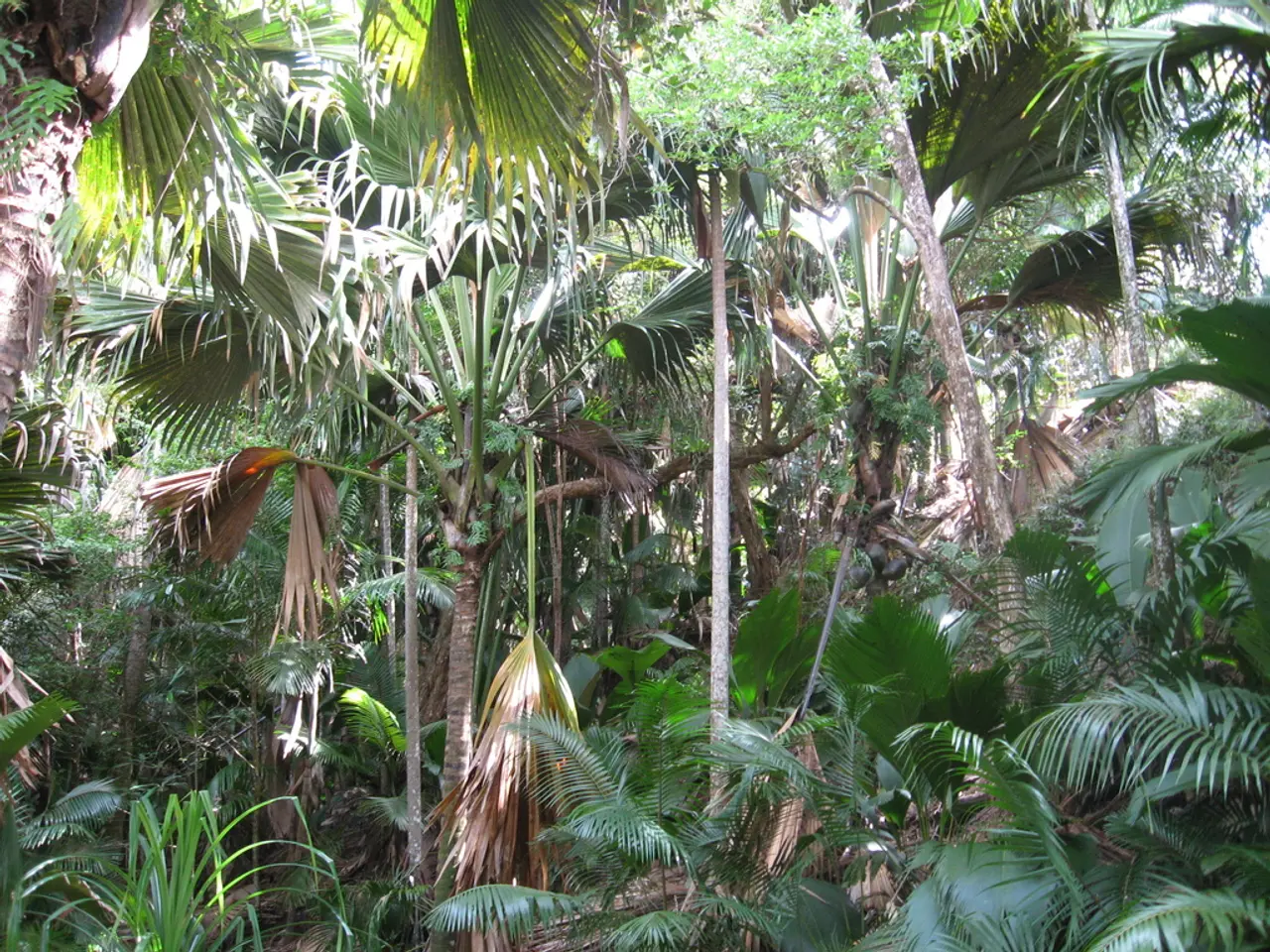Unveiled: Insights into Miyawaki Forests and the Controversy Surrounding Delhi's Proposal Near Najafgarh
In a significant move towards greening urban spaces and restoring degraded lands, the Delhi government has announced plans to establish two new Miyawaki forests near Najafgarh, in southwest Delhi. These forests, to be located in Kharkhari Jatmal and Jainpur, will span across 2.44 hectares and 4.54 hectares respectively, as part of a broader afforestation plan supported by the Delhi government and civic authorities.
Developed by Japanese botanist Akira Miyawaki, the Miyawaki method is a revolutionary approach to rapid afforestation that has been successfully implemented in various regions, including parts of Southeast Asia, Europe, Jordan, and Brazil. The method involves planting a mix of native tree and shrub species in close proximity to accelerate growth and mimic natural forest dynamics.
The ecological impact and effectiveness of Miyawaki forests across different environments are notably positive, though outcomes can vary depending on local conditions and implementation quality. In urban settings, Miyawaki forests are highly effective in constrained spaces where soil quality may be poor and space limited. Their dense planting method and use of native species enable transformation of small plots into thriving green ecosystems quickly, making them a valuable tool in urban greening initiatives worldwide.
One of the most significant benefits of Miyawaki forests is their rapid growth. These forests grow up to 10 times faster than traditional plantations, enabling them to act as potent carbon sinks much earlier than conventional forests. This rapid growth allows them to absorb significant amounts of atmospheric CO2, contributing effectively to climate change mitigation.
Moreover, Miyawaki forests typically contain over 30 native species within a small area and create dense, multi-layered micro-ecosystems. This diversity supports a wide range of urban wildlife, including birds and insects, improving overall urban biodiversity. The dense canopy helps reduce urban heat by shading and transpiration, thereby regulating temperatures and creating microclimates favorable to other flora and fauna.
While highly successful in urban and degraded sites, the Miyawaki method’s dense planting style may not always suit natural or semi-natural forests, particularly in regions where traditional forests have complex, spaced species interactions. There are concerns that inappropriate planting of dense native species forests might disrupt local ecology or overshadow harder-to-grow species, especially if local ecological contexts are not carefully considered.
The success of the Miyawaki method also relies heavily on the careful selection of native species suited to the local environment and sustained maintenance, particularly in the early years. Misuse of the method, such as planting Miyawaki forests where they are ecologically inappropriate, could potentially cause ecological disturbances, especially in regions with delicate native ecosystems.
Despite these challenges, the benefits of Miyawaki forests are undeniable. Mansata, a nonprofit forest collective in the foothills of the Sahyadri mountains near Neral, Maharashtra, has successfully restored over 65 acres of land into a diverse forest through natural regeneration, protection, water harvesting, and selective tree planting. Their experience highlights the Earth's capacity to heal and regenerate itself given the right conditions and time.
In conclusion, Miyawaki forests are an effective and innovative approach to rapid afforestation and ecological restoration, particularly in urban and degraded environments where space and soil quality are limiting factors. Their ecological benefits include carbon sequestration, biodiversity support, and microclimate regulation. However, their success depends on appropriate species selection, ecological suitability, and maintenance, especially when applied beyond their original context.
- The Miyawaki method, a revolutionary approach to swift afforestation, is being implemented by the Delhi government in a bid to green urban spaces and restore degraded lands.
- Miyawaki forests are profitable tools in urban greening initiatives worldwide, thanks to their ability to swiftly transform small plots into thriving green ecosystems, even in spaces with poor soil quality.
- One notable benefit of Miyawaki forests is their rapid carbon sequestration ability, as they can grow up to 10 times faster than traditional plantations, acting as potent carbon sinks and contributing to climate change mitigation.
- In addition to their carbon-absorbing capacity, Miyawaki forests support a wide range of urban wildlife, creating dense, multi-layered micro-ecosystems that can improve overall urban biodiversity.
- The benefits of Miyawaki forests are undeniable, as demonstrated by Mansata, a nonprofit forest collective that successfully restored over 65 acres of degraded land into a diverse forest, showcasing the Earth's capacity to heal and regenerate given the right conditions and time.




